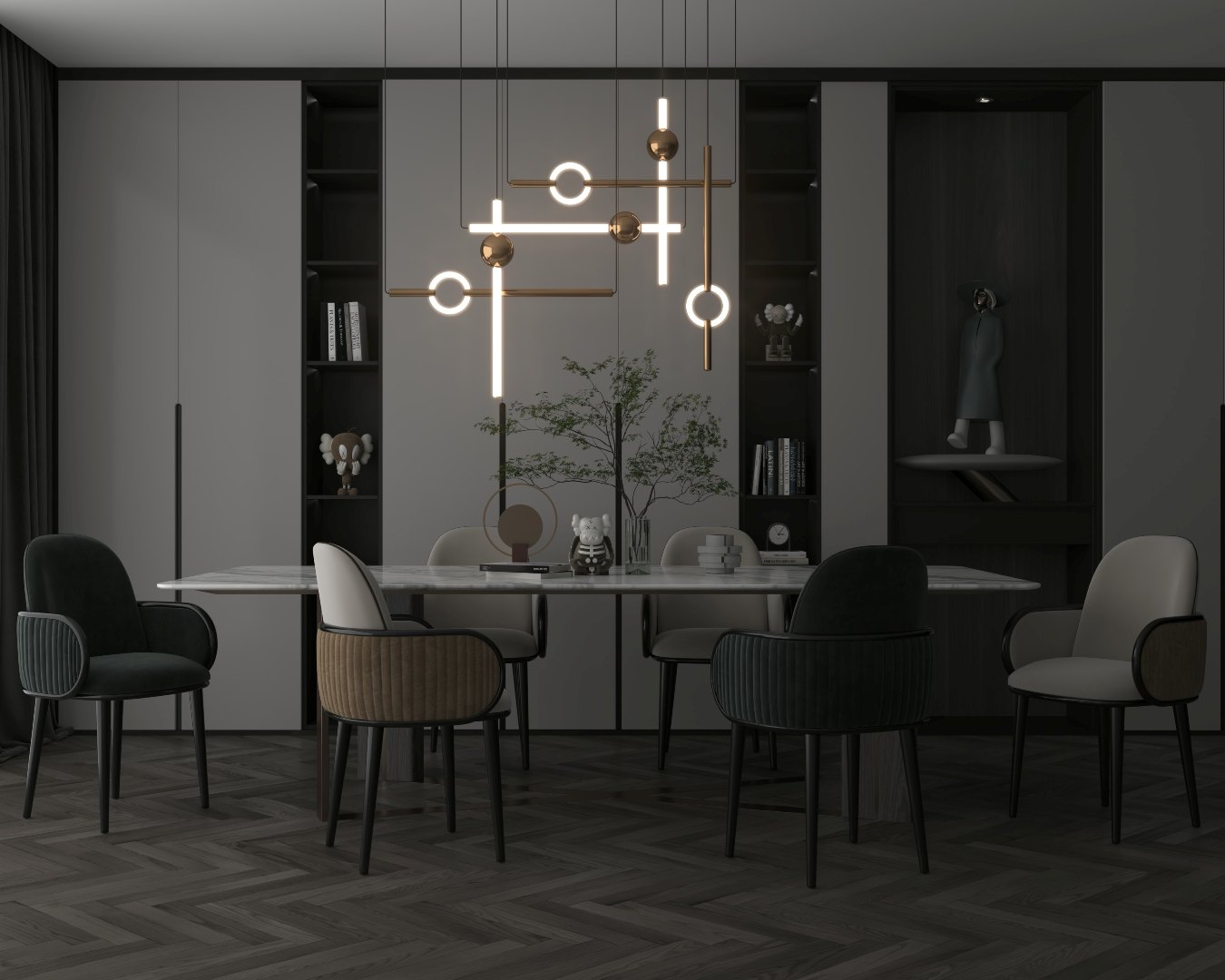Technical Specifications to Consider When Choosing LED Lights
While two visually similar LED lights may appear identical, it's very likely that they have entirely different technical characteristics. This is because LED lights come with a wide range of technical specifications that, in turn, determine the specific light's lifespan, brightness, color rendering, and much more.
In Europe, the quality of LED lights is regulated through the energy label system. This label provides consumers with information about the energy efficiency of the lights, as well as other important technical data. The energy label system in the European Union for LED lights includes five classes: A, B, C, D, and E. A and B class lights are the most efficient and consume the least energy.
In addition to the energy class, domestic consumers often base their choice of LED lights on parameters set by the light's manufacturer.
In Europe, the quality of LED lights is regulated through the energy label system. This label provides consumers with information about the energy efficiency of the lights, as well as other important technical data. The energy label system in the European Union for LED lights includes five classes: A, B, C, D, and E. A and B class lights are the most efficient and consume the least energy.
In addition to the energy class, domestic consumers often base their choice of LED lights on parameters set by the light's manufacturer.
In reality, there's a range of technical specifications that should be considered when choosing a light fixture. We'll share with you the most important ones:
- Luminous Flux (Lumens, lm): Indicates the amount of light emitted by the fixture. The higher the number of lumens, the brighter the light.
- Power (Watts, W): Shows the energy consumption of the fixture. The lower the number, the less energy the fixture consumes.
- Color Temperature (Kelvin, K): Measures the warmth or coolness of the light. Lower Kelvins (e.g., 2700K) signify warm white light, while higher Kelvins (e.g., 5000K) indicate cooler, bluish light.
- Color Rendering Index (CRI): Indicates how accurately the fixture can render various colors compared to natural daylight. A higher CRI means more accurate color representation. LED fixtures are rated on a scale of 0 to 100, where 0 represents the poorest color rendering, and 100 represents perfect color rendering, akin to sunlight. Fixtures with a CRI above 90 are of high quality and provide realistic color rendering. Higher CRI LED fixtures are particularly essential in places where precise color rendering is crucial, such as art galleries, stores, and beauty salons. Therefore, it's advisable to choose LED fixtures with a CRI value close to sunlight (100) to ensure the best possible color representation.
- Lifespan (Hours): Shows the average time the fixture should operate at peak performance.
- Beam Angle (Degrees): Determines the width of the fixture's light distribution. Some LED fixtures are directed at a narrow area, while others provide a broader spread of light.
- Dimming Capability: Indicates whether the fixture can be dimmed to adjust brightness using a dimmer.
- IP Protection Rating: Indicates how well the fixture is protected against dust and water ingress. The IP code consists of two numbers, such as IP65, where the first number indicates dust protection, and the second number represents water resistance.
- Startup Time: How quickly the LED fixture reaches full brightness after being turned on.
